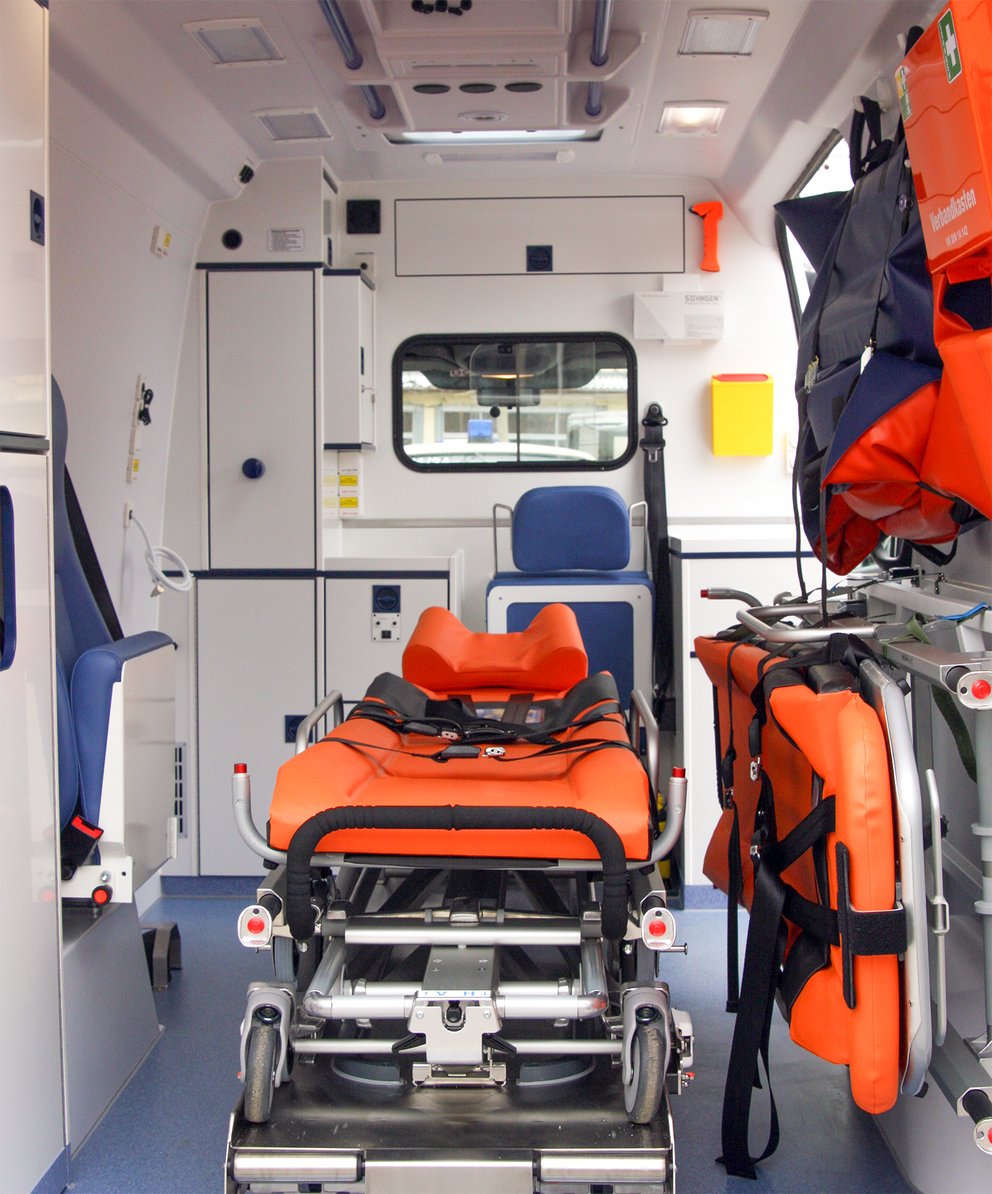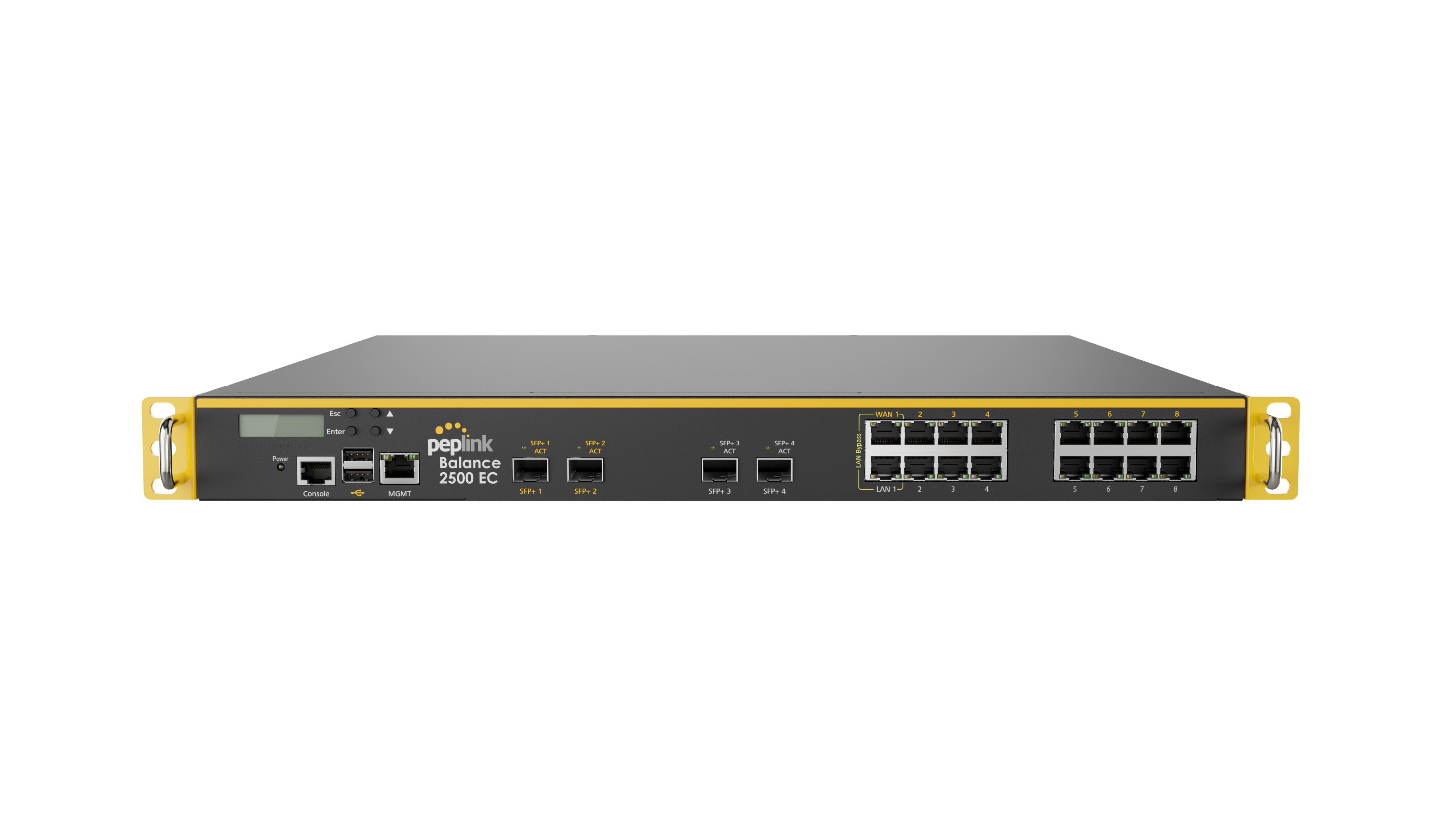
Privately Hosted Network Dispatched to Public Safety Ambulances
Emergency medical technicians (EMTs) carry out emergency medical services, primarily in ambulances. With the progress of technology, they are becoming more reliant on technological advancements within their field. Alongside communication and navigation, ambulances currently utilize connectivity for patient monitoring, transmitting scans and confidential files, and telemedicine.
In the near future, EMTs can anticipate the integration of wearable technology, drones or unmanned aerial vehicles (UAVs), as well as artificial intelligence (AI) and augmented reality (AR) into their practices. However, what will remain constant is the need for reliable connectivity for these vehicles.
Challenge
A European hospital sought to equip its fleet of ambulances with reliable connectivity for their existing technologies and operations. Furthermore, they sought to upgrade and future-proof their fleet to accommodate upcoming advancements, specifically requesting a dual-modem solution as the minimum requirement.
In addition to securing ambulance-to-hospital transmissions, the hospital wanted a network infrastructure that they could manage privately within their premises. This was to ensure the privacy and protection of sensitive information such as medical records.


Solution
The hospital promptly contacted a Peplink partner with whom they had previously collaborated. They deployed Peplink’s MAX HD4 MBX 5G for the ambulances, which offers up to four distinct cellular connections for redundancy or greater bandwidth, exceeding their original requirements. The swappable cellular module opens possibilities for future technologies, while the several WAN ports make it convenient to connect the ambulances’ devices.
As the central hub, Balance 2500 ECs were deployed in high availability mode at the hospital to avoid service disruptions. Its edge computing capabilities and high throughput easily cater to a large institution with simultaneous online activities.
All Peplink devices were configured and are monitored through InControl. However, to enhance security, the hospital utilizes InControl Virtual Appliance (ICVA), which is hosted on its private server. This setup grants network administrators complete control over the network while ensuring that no third parties have access.
InControl’s GPS Fleet Tracking was enabled, allowing administrators to view the location of all equipped ambulances on a single platform. Additionally, its InTouch feature also provides administrators with access to the interface of each third-party device connected to the MBX 5G, all within one window.


Result
By establishing SpeedFusion tunnels between the hospital and ambulances, network-enhancing technologies are enabled, ensuring the network’s uptime. InControl continues to offer a range of features and settings that allow administrators to customize the network according to their requirements. All of these capabilities are readily available on a single platform, including the management of connected devices. With the option of hosting InControl privately, network management has become easier and more secure for this hospital.

Deployment

- Deployed to ambulances for reliable connectivity
- Quad-cellular for redundancy and larger bandwidth
- Multiple WAN ports for external devices used

- Installed in the hospital’s server room in HA mode
- Edge computing capabilities to optimize hospital’s services
- Powerful throughput to support over 10 000 concurrent use
